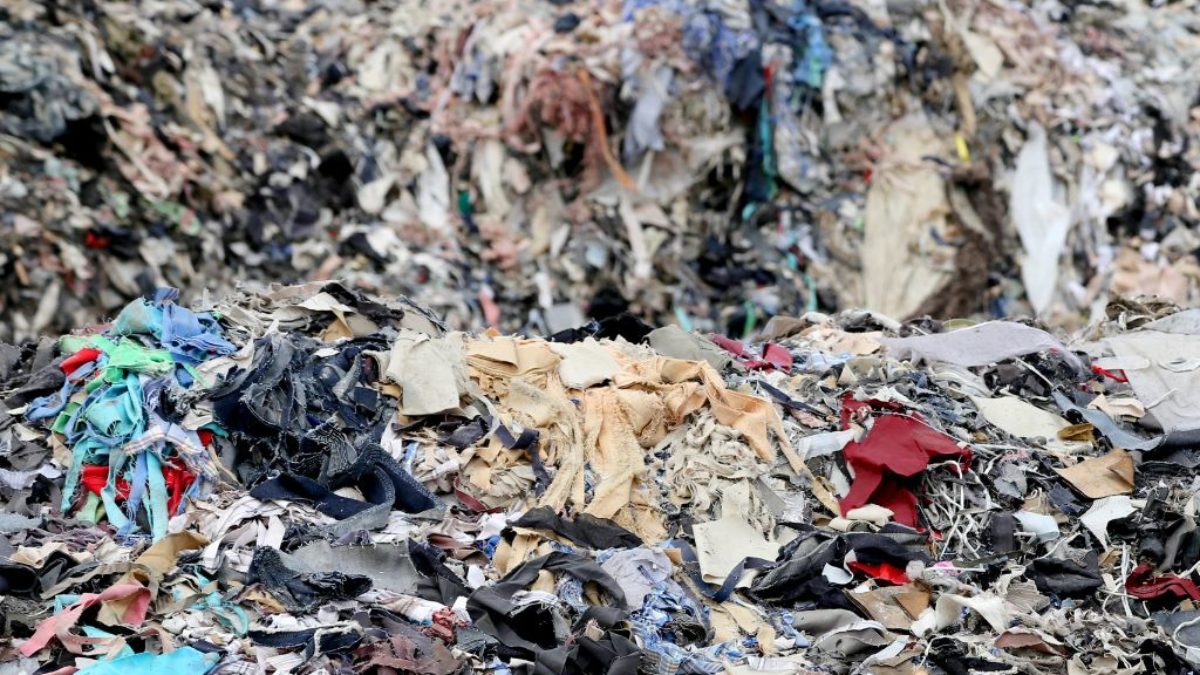Textiles are among the oldest human artifacts, vital to our daily lives and cultural expressions. They encompass a wide range of materials, from the basic fibers we wear to the intricate patterns that decorate homes and garments. In this comprehensive exploration of textiles, we will delve into their origins, the methods of production, and the environmental implications of the textile industry.

Textile production process.
Source: San Jose Museum of Quilts & Textiles
The journey of textiles begins with raw materials, primarily fibers that can be classified into two categories: natural and synthetic. Natural fibers, derived from plants (like cotton and flax) and animals (like wool and silk), have been utilized for thousands of years. For instance, historical evidence indicates that ancient civilizations relied heavily on cotton and linen for clothing and household items. The first known weaving dates back to around 4000 BC in the Near East, where people started crafting textiles by interlacing materials to form fabrics.
Synthetic fibers, on the other hand, are a relatively modern development, born out of 20th-century innovation. With the rise of industrialization, materials such as polyester and nylon gained popularity as they offered durability and versatility, meeting the growing demands of the fashion and textile industries.

Infographic about fabric fibers.
Source: Mood Fabrics
The production of textiles involves several steps, transforming raw fibers into finished products. After collecting raw materials, they are processed into yarn through spinning, followed by weaving or knitting to create fabric. Dyeing and printing techniques enhance the appeal and value of textiles, allowing for diverse patterns and colors that reflect trends and cultural significances.
Textiles hold immense economic importance. The textile industry is a major global sector, employing millions of workers worldwide and generating substantial trade revenue. However, the industry also faces numerous challenges and criticisms, particularly regarding its environmental impact. The production of textiles is resource-intensive, requiring vast amounts of water, energy, and chemical treatments that can lead to significant pollution.

Overview of the textile industry’s challenges.
Source: Study.com
Moreover, the rise of fast fashion—where consumers buy massive amounts of trendy clothing at low prices—has exacerbated problems like textile waste. It is estimated that 134 million tons of textiles will be wasted annually by the end of the decade. This creates not only a waste crisis but also contributes significantly to global carbon emissions, raising concerns about sustainability in the industry.
Efforts to mitigate these issues focus on recycling, upcycling, and adopting more sustainable practices. Brands are beginning to implement eco-friendly materials and processes, while consumers are becoming increasingly aware of the environmental implications of their purchases. Programs promoting recycling and second-hand shopping are gaining traction, providing alternatives to the traditional fast-fashion model.

Statistics on fast fashion waste.
Source: Earth.org
The evolution of textiles and their production continues to shift in response to technological advancements and social awareness. Emerging innovations in fabrics, such as biodegradable materials and improved recycling techniques, pave the way for a more sustainable future in the textile industry. As both producers and consumers rethink their roles in this cycle, the industry has the potential to transition toward practices that preserve our planet’s resources while still meeting the needs and desires of society.
In conclusion, textiles are far more than just fibers woven into clothing or home goods; they are a reflection of our history, our culture, and our future. Understanding their journey from natural resources to finished products enables us to appreciate the complexity of textiles and the impact they have on our world.